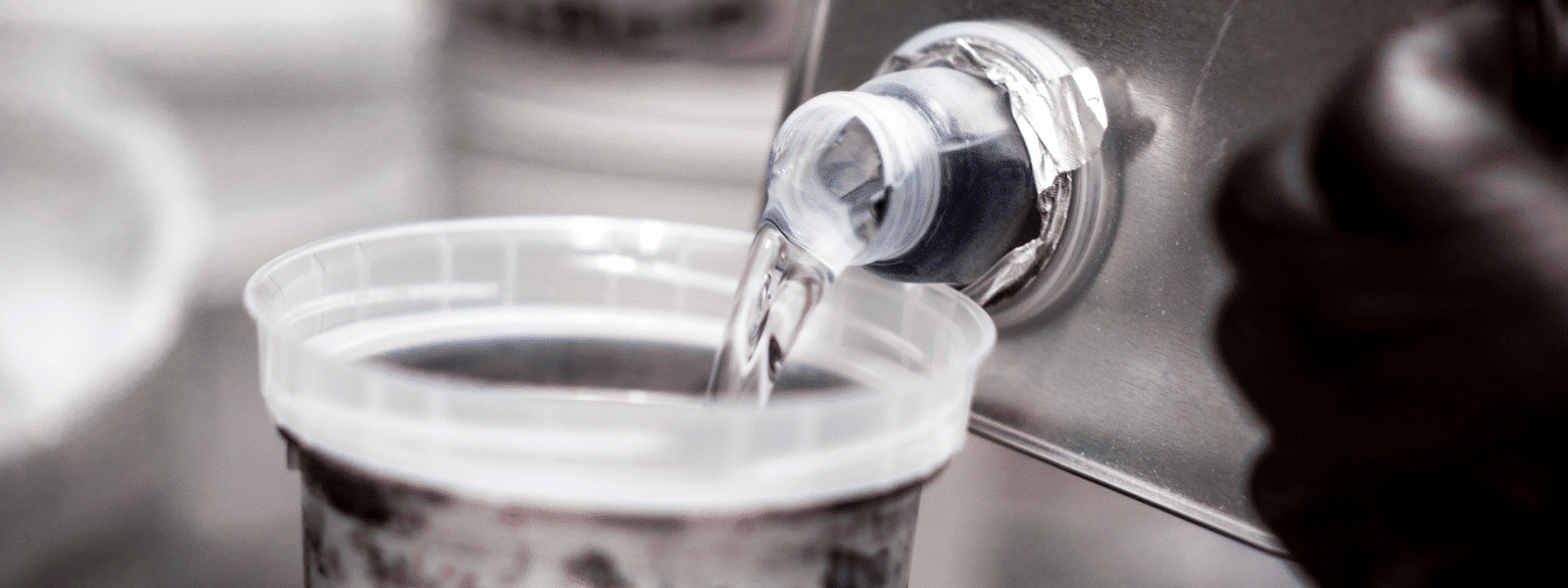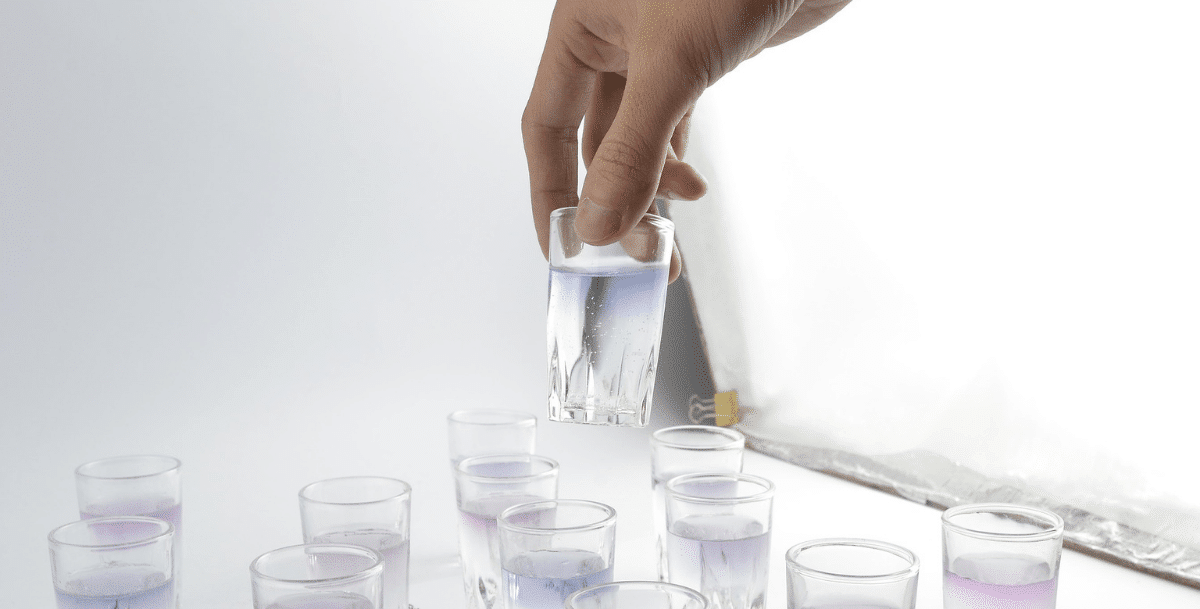Benzene is a hydrocarbon industrial solvent used in various industries, such as in the production of rubbers, lubricants, plastics, synthetic...
Blog


CHEMICAL INDUSTRY NEWS
Chemical Chat – Discover What’s New!
What Chemicals Are Used For Soft Washing
Understanding what chemicals are used for soft washing is simple. There are three primary ingredients used in most soft washing cleaning agents....
What Is The Difference Between Soft Wash And Power Wash?
What is the difference between soft wash and power wash? Understanding the difference between soft wash and power wash can be best explained when...
Soft Washing VS Pressure Washing
Knowing the difference between soft washing vs pressure washing is fundamental to using the right service to complete...
What Chemicals Are Used For Soft Washing
Understanding what chemicals are used for soft washing is simple. There are three primary ingredients used in most...
Company News

Managed Services
Discover the Latest in Safe and Sustainable Chemical Solutions
Stay informed with Ecolink’s blog! Subscribe now
Chemical Management Information
Stay updated with us
Sign Up for the Latest Updates
Stay informed about chemical supply chain disruptions and emerging innovations to keep your business at the forefront of efficiency and innovation. Uncover new ways to make your business practices more sustainable by incorporating safer products into your cleaning lineup.


























